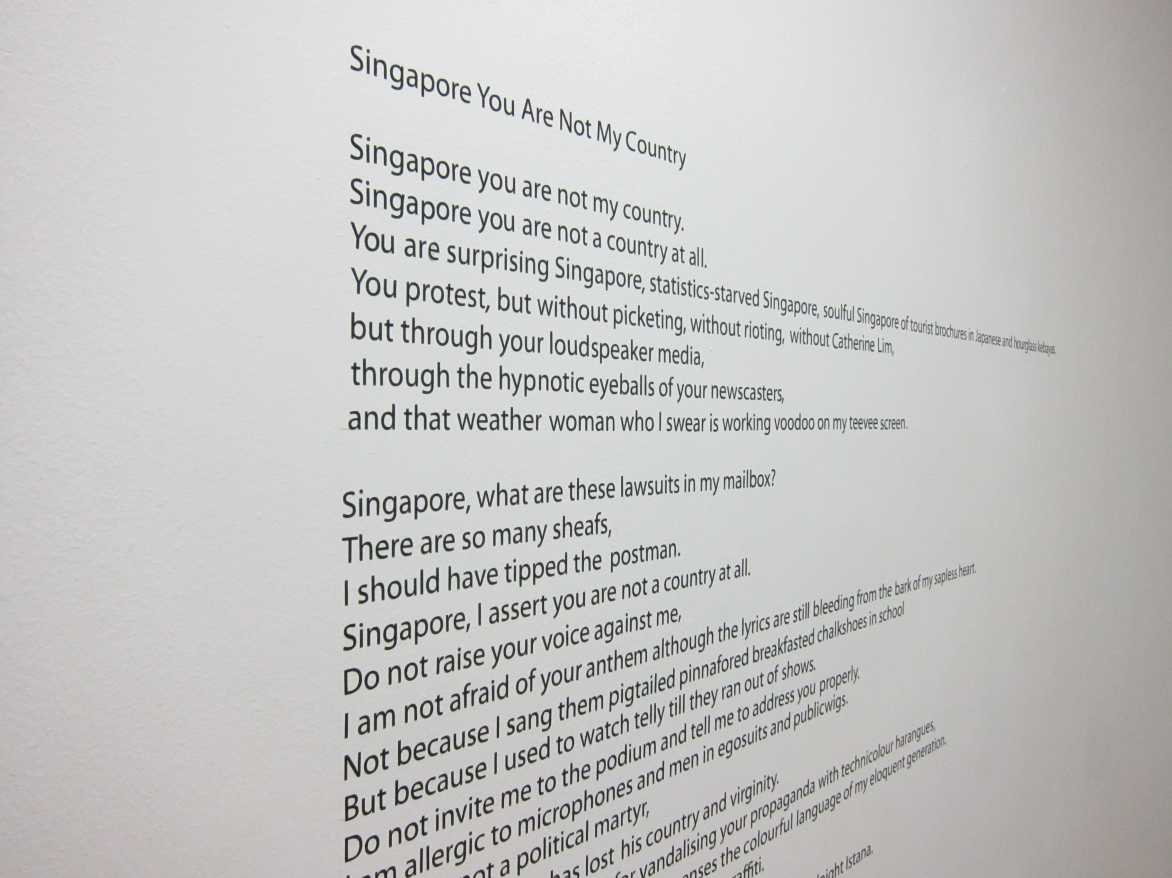
Spring comes back every year; the unity and univocality of this season as an object, both semantic and physical, are bundled together under the inexhaustible qualities of its name. On the other hand, spring marks a commencement and a promise. a hong kong spring is restlessly aware of the radical political spectre this word once again holds. The surrounding streams of tension in the polity of Hong Kong and Mainland China entertain this sense of unease and unspoken hopes.
Scholar describes a Hong Kong phenomenon of mourning for the loss of things that still exist, as if summoning the ghost of collective history in the midst of its own miscarriage. People mourn for the ghosts of a spectral history, a history yet to come. If this concept of premature history can also be borrowed to look at the art history of Hong Kong then a hong kong spring interrogates the possibilities of art history and archival narratives in expanding the space of form in art criticism and practice. It focuses on the discursive formations in the void of the cultural fabric of Hong Kong by borrowing the entangled ontological architecture of the living and the ghostly.
Para Site’s space accommodates works by , a poem by and an architecture of humble size designed by artist attempting to provide an enclosed viewing experience for moving images curated by a number of artists. This setting is joined by the series of events taking place at Para Site and other venues throughout Hong Kong.
The first weekend of events, at the McAulay Studio, Hong Kong Arts Centre (2 Harbour Road, Wan Chai), explores different forms of criticism employed in contemporary cultural and political practice. On 13 April (Friday), between 6:00 – 9:00pm, the welcome and introduction by (Executive Director/Curator, Para Site, Hong Kong) and (curator, Hong Kong) is followed by a conversation between (writer, poet, and playwright, Singapore) and (poet, activist, Hong Kong), a lecture by (art historian and curator, Moscow) and an artist talk by (artist and researcher, Shenzhen). The following day, 14 April (Saturday), 3:00 – 7:30pm, hosts presentations by (art critic, Singapore), (writer and curator, Eindhoven/Tel Aviv), (curator and scholar, Beijing), (scholar and activist, Bangkok), followed by a video programme composed by the speakers as an anchor for their presentations and a plenary discussion.
The second weekend identifies urgencies and methods of writing recent histories. Friday, 20 April, 6:00 – 9:00pm, at Para Site includes lectures by (curator and critic, Zagreb/Berlin) and (architect, artist and writer, Beirut). These propositions continue on 21 April (Saturday), 3:00 – 7:30pm, at Para Site with presentations by (curator and writer, Seoul), (curator and critic, Beijing), (writer, researcher and curator, Lima), (art historian and curator, Singapore), followed by a video programme composed by the speakers and a plenary discussion.
The last day of events, 28 April (Saturday), 3:00 – 8:00pm, at Para Site, features presentations by artists invited to curate the moving images programme: (Hong Kong), (Hong Kong/Los Angeles), (Hong Kong) , (Hong Kong), (Hong Kong), (Hong Kong). During the entire session, interventions by artists (Hong Kong), , (Beijing) , (Beijing) and (Beijing) are on view.



